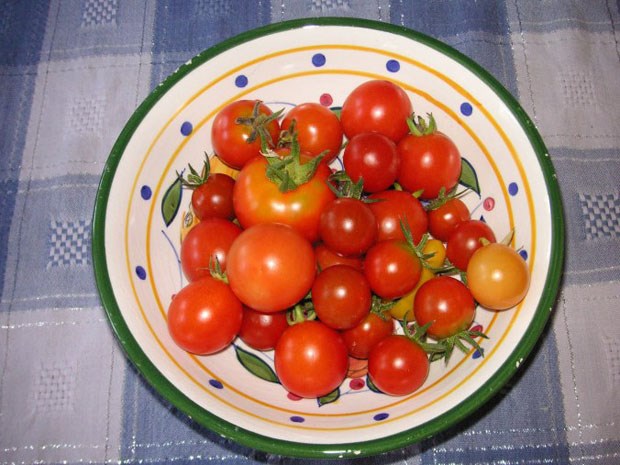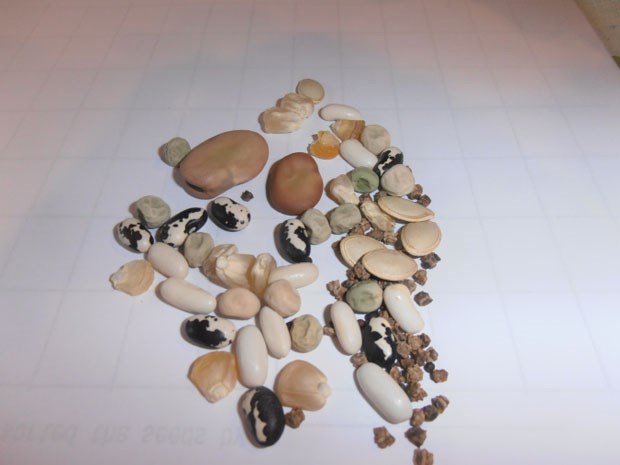
Last week I taught a class about the importance of seed saving. Seed saving has been done for thousands of years. You can save seeds from plants in your garden and dry them to use for years to come. Plants produce thousands of seeds, usually many more than they need. You see, not all seeds survive when they drop to the ground. Seeds must have the right environmental conditions to be able to grow. That’s why you see so many seeds on plants such as dandelions or poppies. I like to think of it as survival of the fittest.
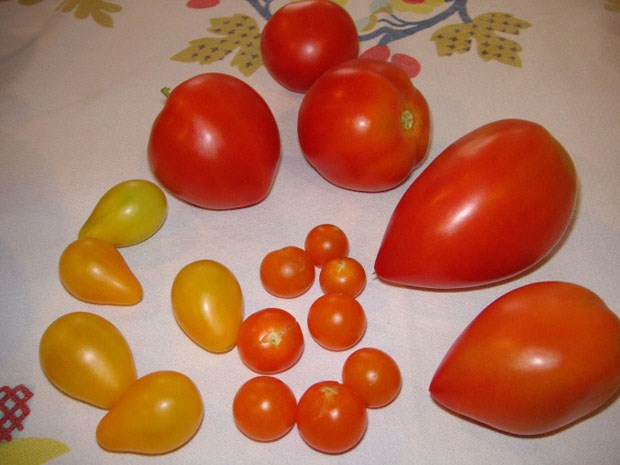
People wonder why I save seeds. I like to think that I am not only saving money but perhaps I am saving seeds from plants that you wouldn’t normally see in the garden centers. I save seeds from heirloom tomatoes, unusual cucumbers and old-fashioned flowers that are not as readily available. A plant may have an unusual colour or fragrance perhaps. I save one type of poppy because it reminded of the good times I had working with children several yeas ago. So seeds are saved for many reasons. I like to think that by saving seed that I am helping to promote seed diversity. Imagine if you could only grow one tomato when there are thousands you can try and they are all different. Life would be pretty boring, wouldn’t it?
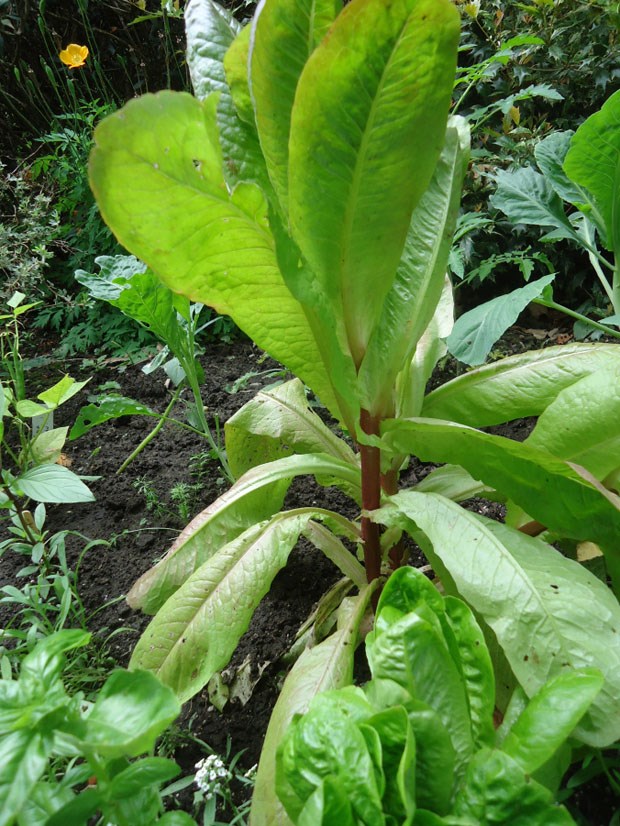
When do I collect seeds? Seeds are collected from plants as they finish their flowering. If its late spring you may be harvesting seeds from plants like Primula or columbine. In the summer it may be poppy seeds, peas, beans or kale. In fall you may be collecting seeds from tomatoes, cucumbers and peppers. It all depends on what plants you are growing.
How do you know when seeds are ready to harvest? You can tell seeds are ripe to pick when the pods turn brown on the plant. It’s important to keep a careful eye on a plant that houses tiny seeds so you don’t lose them to the ground before collecting.
Sometimes a plant will start to do what is called bolting. If you look at this lettuce above the stem is beginning to elongate. This plant will go to seed or bolt when the temperatures rise in the summer. It will flower with tiny daisy like yellow flowers and then form seed pods.
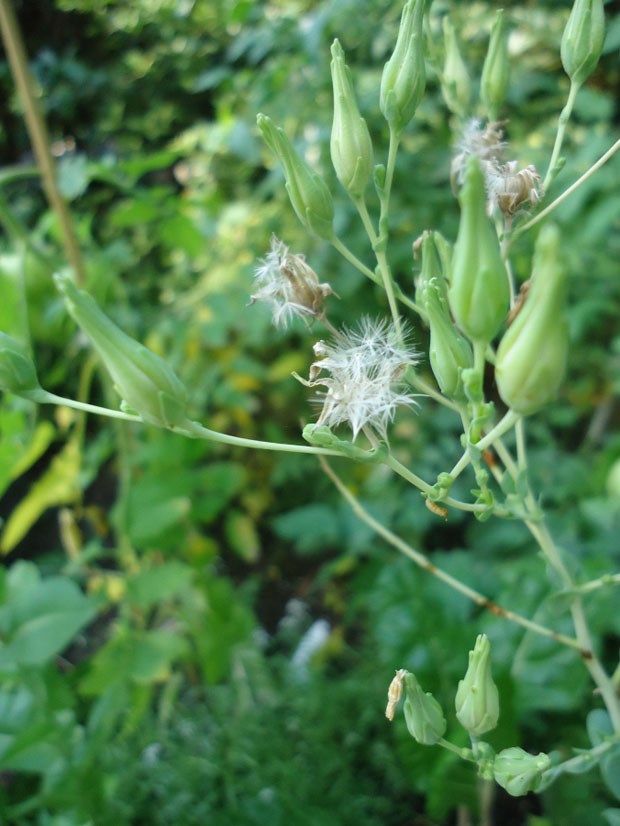
Once the pods are ripe they open to what looks like dandelion fluff. I pick the bits of fluff off the plant and place them in a container. Bring them inside and roll the bits of fluff between two fingers over a bowl. Watch the tiny black seeds drop out.
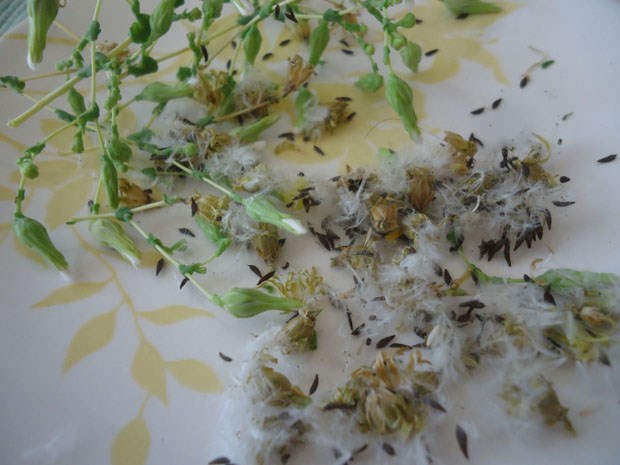
You can see the seeds here. They are the black bits in the photo. Once you separate the seeds you can compost the chaff or leftover bits of stems and flowers.
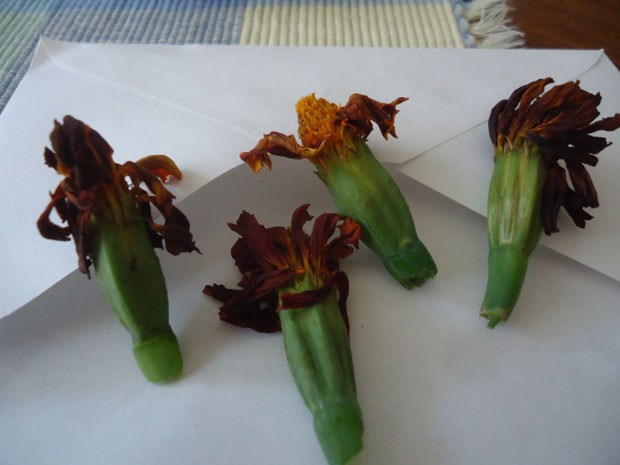
Where are the seeds on a plant? They can be either inside the flower buds, in petals or along the stems. It all depends on the plant. Lets take a look at a Marigold. You wait until the flower of a Marigold starts to turn brown. Then it’s almost time to save the seeds. You don’t want to pick off a flower bud that is still in bloom or if it is green still. The ones above are too green. Choose buds from your Marigold plant carefully and place them in a bag or bowl when collecting them. Try to collect seeds on a dry day.
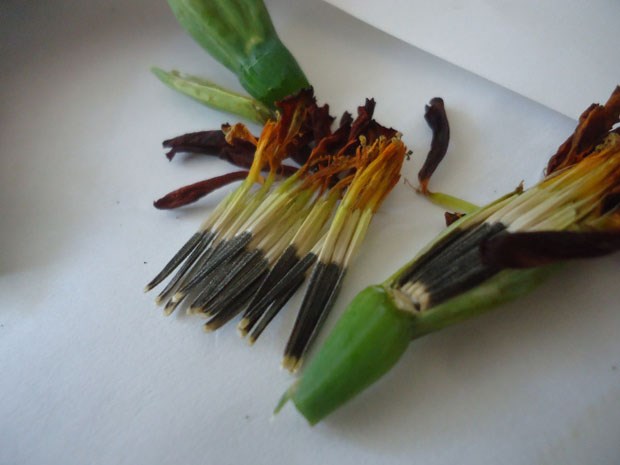
Carefully open up the bud on the flower to expose the seeds. Here you can see the seeds inside.You want your marigold seeds to be black. Each seed has a little fork on the end. This is the seed’s way of adapting for survival. The fork will stick to things like animals or humans and eventually find its way to the soil.
Sometimes the seeds we collect can be very tiny. An example of one is the poppy. Poppies form a hard outer shell after the petals fall off. You can leave this on the plant to dry. If you want to save poppy seeds place a paper bag over the seed heads so the seeds can drop into the bag. Use a tie or elastic so seeds are not lost. If rain is in the forecast, take the bag of seeds off and place a new one on when it stops raining. This way your seeds won’t get wet.
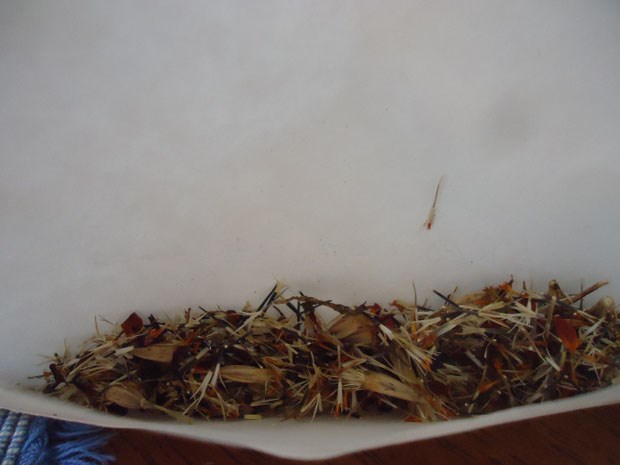
Always store seeds in a cool dry place that is frost-free. I like to store seeds in my garage. When I first collect seeds I tend to use standard envelopes and leave them open for the seeds to dry longer. Once dry I place them on a plate and sort away the chaff from the seeds. Once the seed is completely dry they are packed into an envelope. Coin envelopes work well. Don’t forget to label them!
I get many questions on saving seeds from various plants. Some seeds are very hard to germinate. For example I was given clematis seeds which can take up to three years to grow. It is much easier taking cuttings and growing a new plant from a piece of the parent plant than growing it from seed. This post is aimed at showing you easy to save seeds that will grow easily for you next year.
Plants are divided int two categories, hybrids and open pollinated. If you are growing some of our favourite hybrid petunias you can collect seeds but their next generation may not be the same as the parent plant. Hybrids are plants created from two parent plants and seedlings from a hybrid will not be the same. Most heirloom plants are open pollinated which means they are pollinated by wind, insects or other animals. You can collect seed from open pollinated plants and know the next generation will be the same as the parents. Some times you will have crossing even with open pollinated plants but it happens mostly in the squash family. If you plant pumpkins and squash close to each other its a given that the bees may take pollen to each plant. If that happens you may have a very odd-looking squash the next year from saved seed.
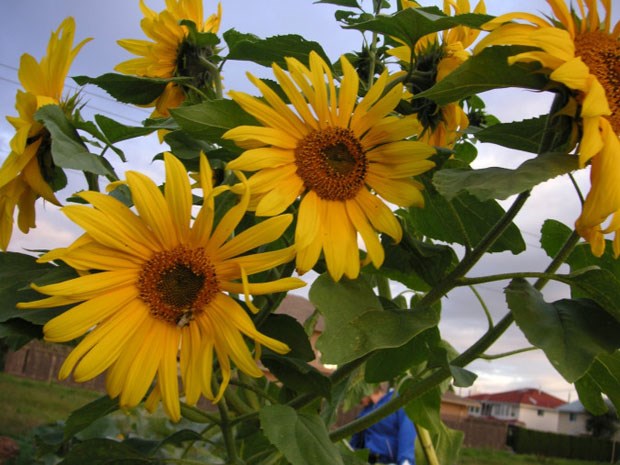
Sunflowers are everybody’s favourite plant. Its now that most sunflowers are producing seeds. I like to leave sunflowers on my garden bed so the birds can eat the seed over the winter. By leaving them there I know some seed will drop to the soil.
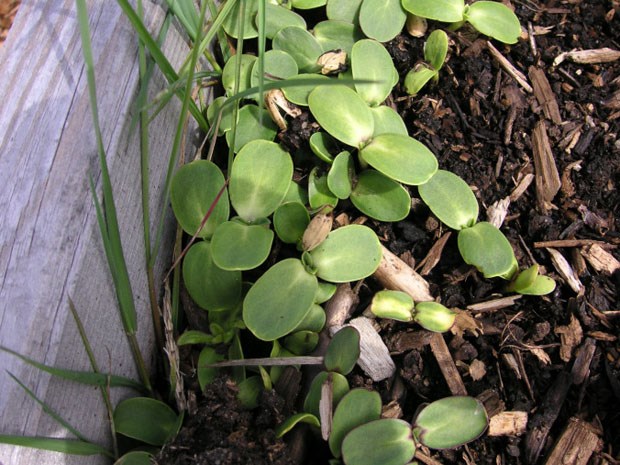
In April I was rewarded with over 50 baby sunflower plants. I was able to transplant most of them or pot them up to share. If you have ever grown sunflowers you know how hard they are to take down in fall. If you leave the plant standing over winter, it will snap easily in spring making clean up a lot easier. To save seeds on your sunflowers its best to place a paper bag around the flower head to catch the seeds. The sunflower seeds need a lot of drying time so be sure to allow for that.
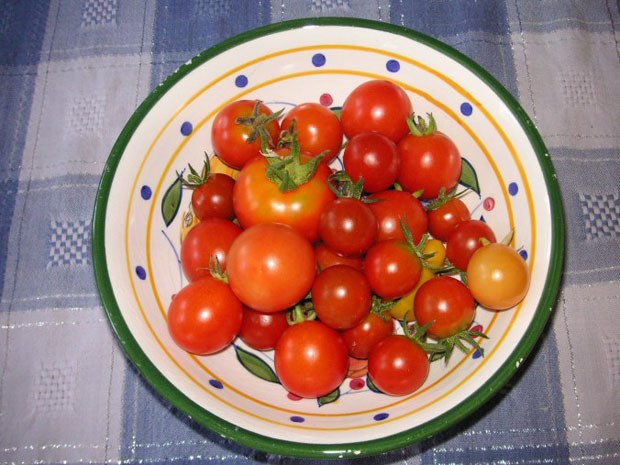
We talked a bit about heirlooms. I grow heirloom tomatoes for a seed bank so I save a lot of tomato seeds each year. This is Peacevine tomato, a wonderful tasting cherry that I grew last year. So far we talked about saving dry seeds. Tomatoes, cucumbers and other fruits have wet seeds in that they are encased in a gelatinous or fleshy substance. This gelatinous substance that we see in tomatoes can inhibit germination. The seeds will grow but will take longer to germinate.
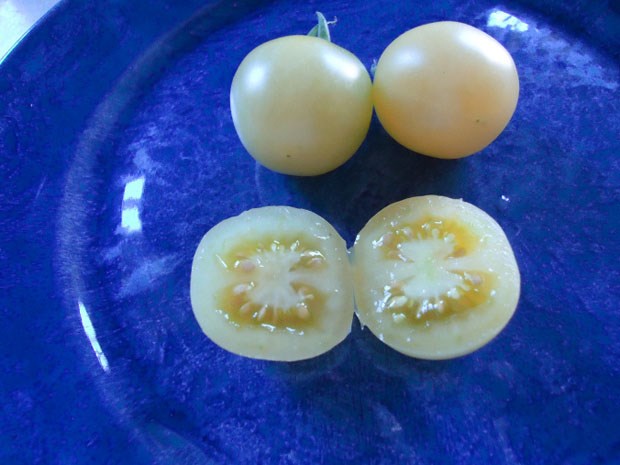
This cherry tomato is Snow White, yes, a white one but its delicious. My garden wouldn’t be without it. You just need to cut open a tomato to see that they contain many seeds. Some more than others.
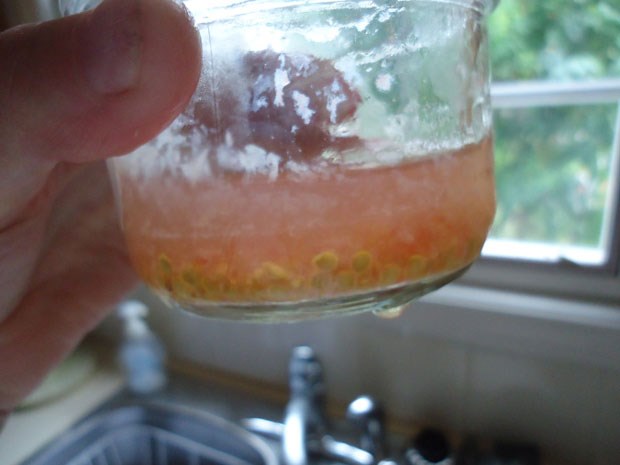
To save seeds on tomatoes you do a process of fermenting the seed. I use a spoon to scoop the seeds into a mason jar. I add about an inch of water, place a parchment paper on top and seal it with a ring. On the paper I write the name of the tomato. I leave it on the counter in a dark area and let it ferment for four days to a week. Once the water molds over I rinse the seeds off by carefully adding more water, letting the seeds drop to the bottom and rinsing them off.
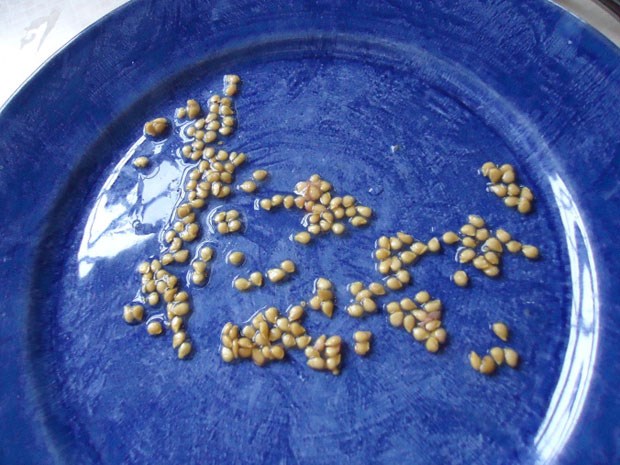
I will rinse them several times before they are ready to be plated. This is the seed from two tomatoes. There are over 100 new seeds here. Now I will let them dry on the saucer before being packed into envelopes. Remember to label your seeds as you go. All tomato seeds look alike. It’s easy to mix them up.
Seed saving is a good way to preserve your favourite garden vegetables and flowers. I don’t want to grow the same old boring stuff. Growing from seed allows you to try so many different plants.
